How Monet Changed my View of Gatefolds Forever
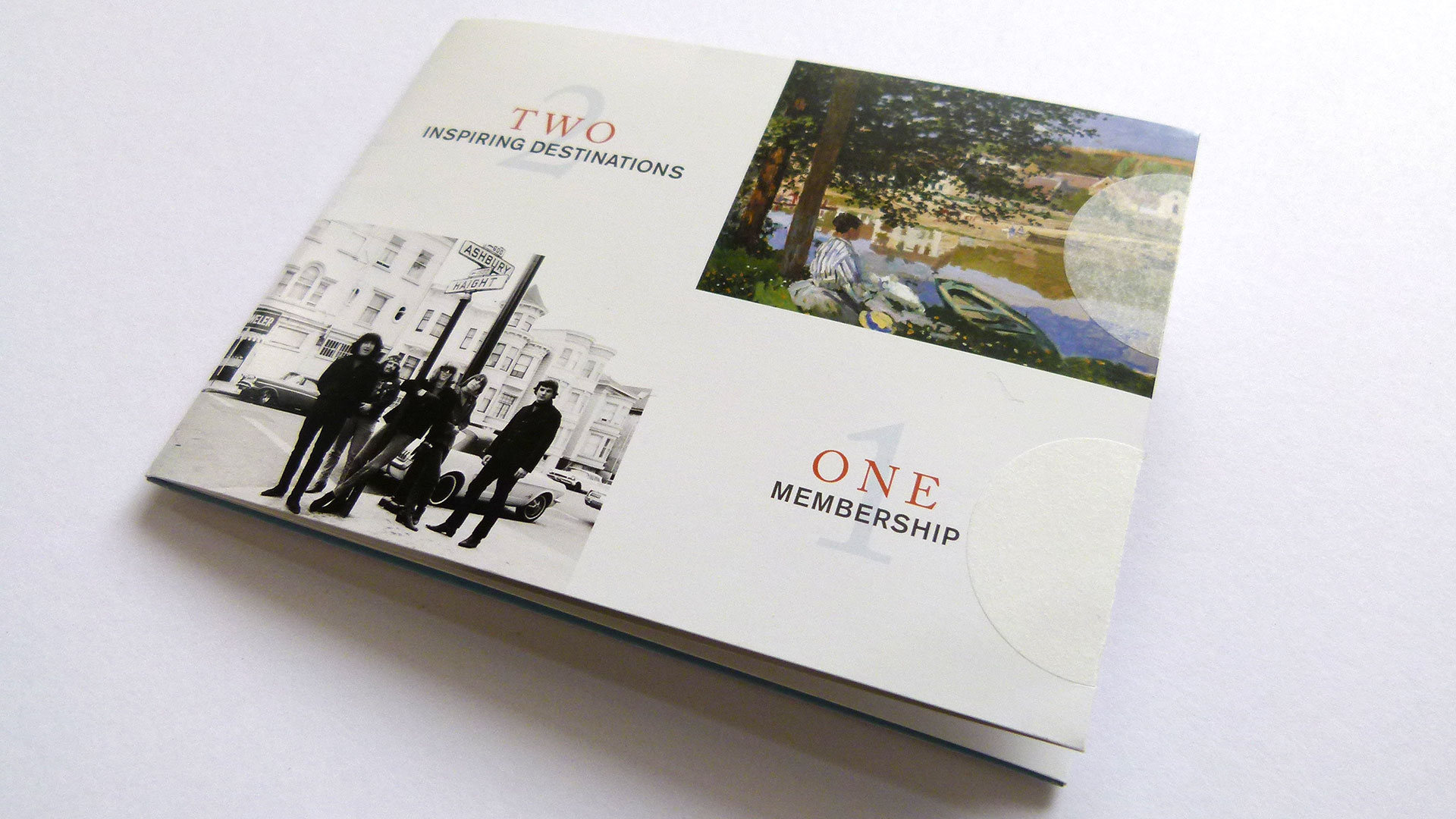
My invitation to an exclusive Monet exhibition preview at the Legion of Honor in San Francisco arrived in the mail, and I have to admit I was expecting your average tri-fold invitation. But as with the work of Monet himself, this made for a great and unexpected user experience.
Where others might have been happy with one simple gatefold, the creatives at the Fine Arts Museum of San Francisco turned their gates from left to right and even upside down, utilizing the gatefold to its full advantage to promote both of their museums, the new exhibit, and ultimately changing my view of the humble gatefold itself.
What is a Gatefold, Anyway?
Before we get into the various options used, let’s first clarify the terminology. There is a lot of confusion as to what constitutes a gatefold. They are generally symmetrical with two panels folding into the center from opposing sides. These meet in the middle of your printed piece, thus creating the appearance of a gate.
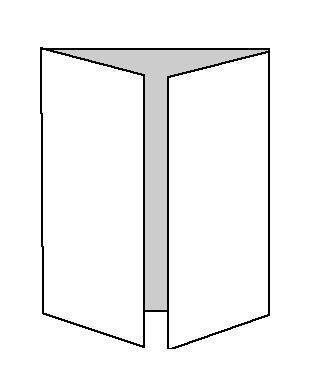
Some like to call this a double gate, or even call one panel folding a single gate. Unfortunately, there is no such thing as a single gate (wouldn’t that just be a door?), and therefore two panels folding in is not a double gate – it’s just a gate.
While gatefolds used to have a reputation for being expensive to produce, as technology has improved, many printers now have the equipment to automate the whole gatefolding process.
Closed Gate
In the case of our Monet exhibition invitation, it arrived as a closed gate. This is basically a gatefold piece that has been folded in half again to keep the gate closed. To allow for an easy, flat folding experience, make sure to keep a small gap between the actual gates.
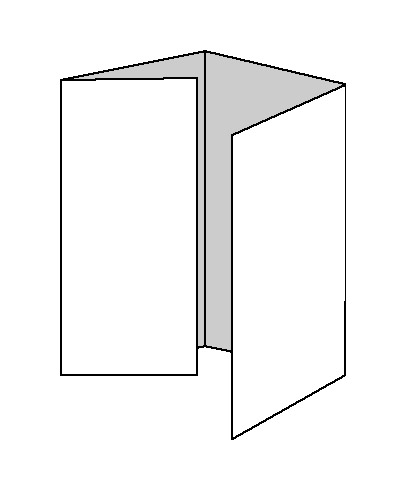
Double Gate
The invitation actually sports another fold out gate – called a double gate: a gatefold with two extra wings folding in and then in once more.
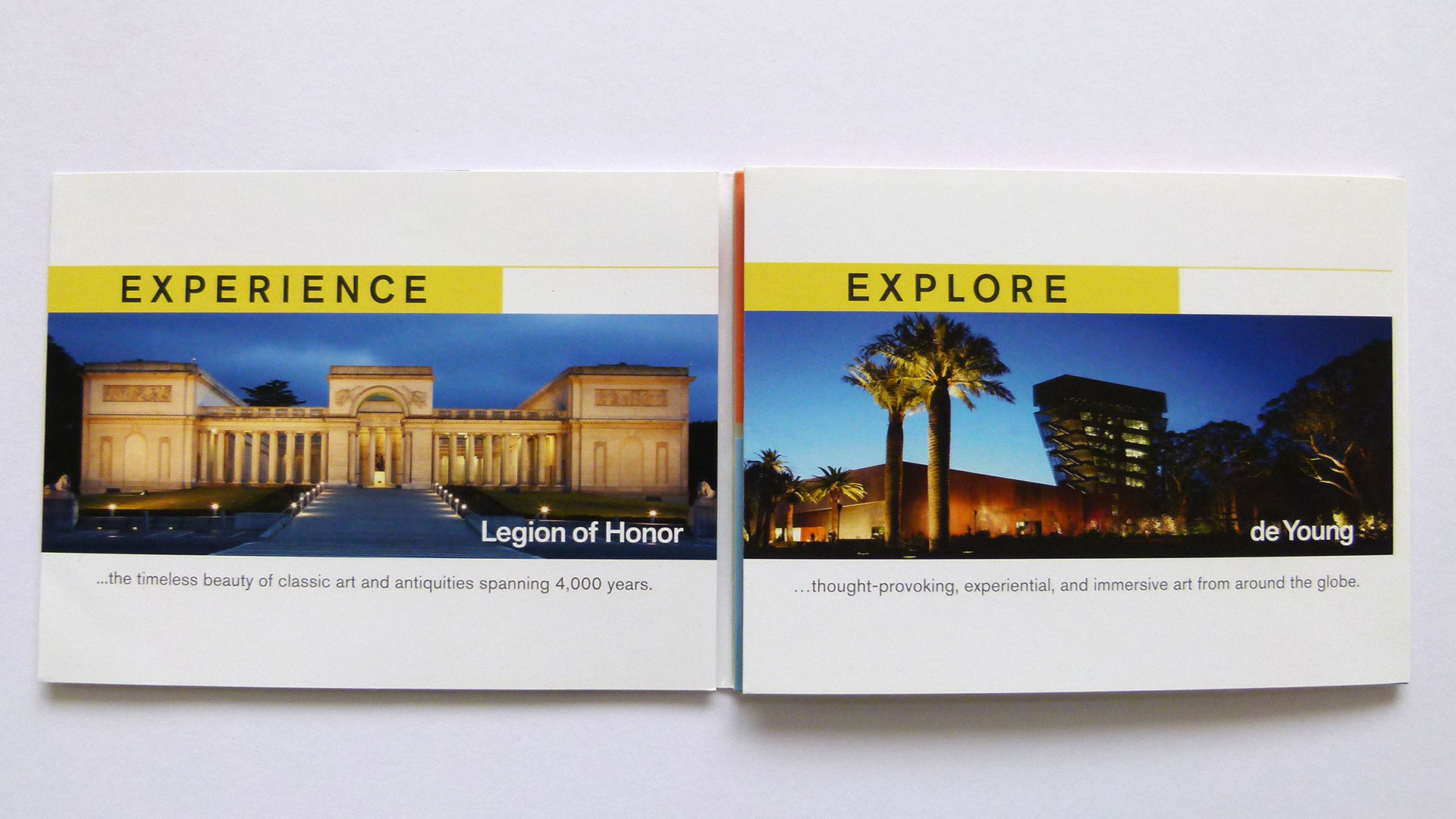

And to change it up a bit, they turned yet another gatefold on its side, inviting me to open the folds to the top and down. This last gate held my membership renewal form and envelope nicely in place. Well done!


That was a lot of gates for one invitation and I have to say I thoroughly enjoyed it. But this post would not be complete without mentioning the remaining gate options available to you.
Open Gate
From a user experience standpoint this is the most friendly of the gates 😉 This is basically the reverse to our double gate, but in this case the outer gate opens, well, outward. A great option if your brochure is intended to stand by itself.

Change it up
As always, and as you have seen in the case of this invitation, experimentation can yield wonderful results. A simple format change can make a very different impression. Go long and narrow or square or a mile wide… or rotate your fold and even play with the gate.
Asymmetrical Gate
While the standard gatefold is symmetrical – both sides are equally wide – shifting the point where the two gates meet offers an easy way for an unexpected surprise. Be mindful, though, that the gates ultimately do meet up.
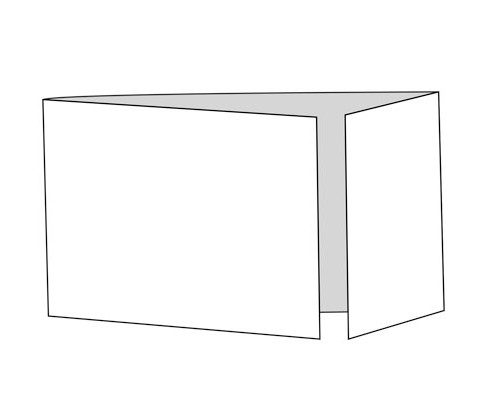
Note to Production-self
To create an automated, and thus affordable, gatefold, your printer or bindery needs to have a gatefold attachment on the folding machine. Not every printer has one of these in their shop, which may require them to outsource the folding or hand-fold the final product.
So it is ultimately thanks to Monet and this unique membership renewal invitation that the humble gatefold front is now front of mind for me again, and I hope for you, too. It isn’t just “pearly” gates that lead to heaven 😉

is the founder of PaperSpecs.com. An award winning graphic designer with more than 20 years of experience in the U.S., Germany and Australia, she combines a passion for paper and print with a hands-on approach to sharing her knowledge.
